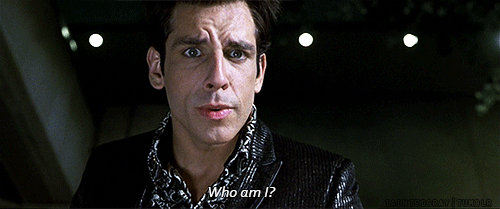So I guess it’s quarterly “Designers should learn to code” day on Twitter. This appears to be the crux:
I have two questions.
1. What is a “designer”?

I don’t mean that in the metaphorical sense. I mean literally, how do you define design in this context? Is it visual design? User experience design? Product design? Content strategy, or any or all of the other things that make up well-rounded design?
Because here are the things I’m currently trying to get better at by reading books and practicing and writing and working it into projects:
- Usability testing and ethnography
- Information architecture across multi-platform experiences
- iOS native app design
I’m a little busy right now, so I’d like to know: which of these things should I drop to learn to code?
2. What does “left behind” mean?

Does it mean designers who don’t code won’t get hired in The Future? I don’t know about that. I spend a lot of time with designers. Some of them code, some don’t. Those who don’t specialize in something else that those who code aren’t good at, and that makes for stronger teams where work can be distributed more evenly and more effectively.
Let me put this another way: once every designer can code (since it’s “not even a debate any more”), who’s going to make sure we build the right things? Who’s going to discover user needs, create IAs that work for target personas, and design scalable holistic systems that work across devices and contexts?
What I mean to say is this:
- Heaven help us if we become a community of executors at the expense of all the planners out there. We need both.
- It’s really, really dangerous to tell people they’ll be “left behind” if they don’t become part of a homogenous group of people all focused on the same thing. That has never worked out well for anyone, in the history of mankind.
So go forth, follow the design thing you’re most interested in. If that’s coding, awesome. If it’s how to best understand user needs and translate that into design systems, go do that. As long as you do it well, you won’t be left behind.


